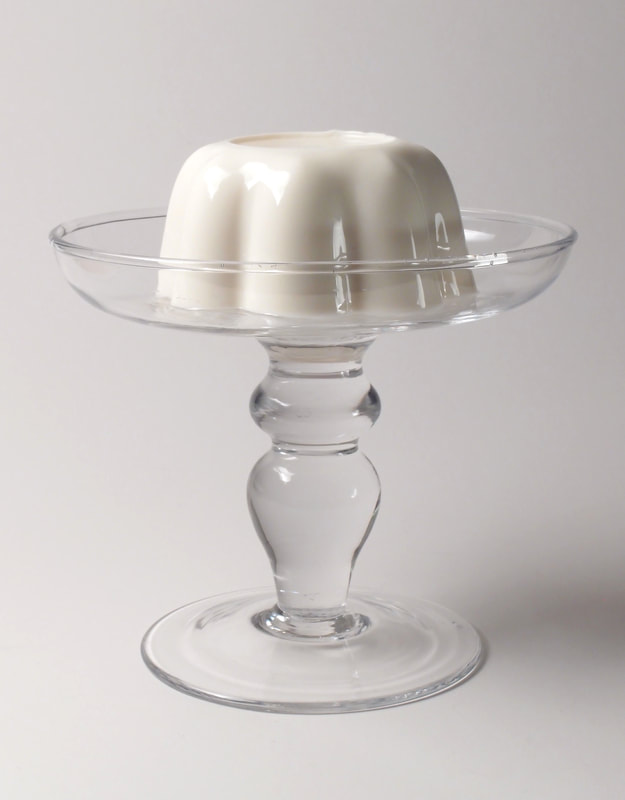Recipes for Offerings
One of the ways in which the Spirits are served is with offerings of food. Some of the food offerings are simple, like fresh fruit, while others are more elaborate like gumbo. Each Spirit has its own favorite offerings and these offerings have what is referred to as ashé in the African-derived traditions. Ashé is life force, power, prana; there are many ways to describe it and each culture has its own unique descriptor of it. In fact, everything and every action has varying degrees of ashé - whether it is lighting a candle or incense or preparing food for the Spirits.
In New Orleans Voudou, our loas and saints have their favorite dishes that serviteurs take care to provide when inviting the Spirits into their lives for assistance. Much care goes into the preparation of the food as the preparation of the food is considered part of the ritual – it is a magickal act. The food is prepared and offered on the altar and after the ceremony the food is shared among participants while a portion is reserved for the Spirits themselves.
Following is a collection of recipes that are staples in Creole cuisine and can be made as offerings to Marie Laveau. I have included dishes that are historically part of the Marie Laveau legend as her favorites. Some are old recipes for dishes made and served to the sick and infirm. Marie Laveau would have likely served some of these dishes herself while nursing her patients back to health. Whether you are a Laveau devotee or not, you are sure to enjoy these classic Creole dishes.
In New Orleans Voudou, our loas and saints have their favorite dishes that serviteurs take care to provide when inviting the Spirits into their lives for assistance. Much care goes into the preparation of the food as the preparation of the food is considered part of the ritual – it is a magickal act. The food is prepared and offered on the altar and after the ceremony the food is shared among participants while a portion is reserved for the Spirits themselves.
Following is a collection of recipes that are staples in Creole cuisine and can be made as offerings to Marie Laveau. I have included dishes that are historically part of the Marie Laveau legend as her favorites. Some are old recipes for dishes made and served to the sick and infirm. Marie Laveau would have likely served some of these dishes herself while nursing her patients back to health. Whether you are a Laveau devotee or not, you are sure to enjoy these classic Creole dishes.

